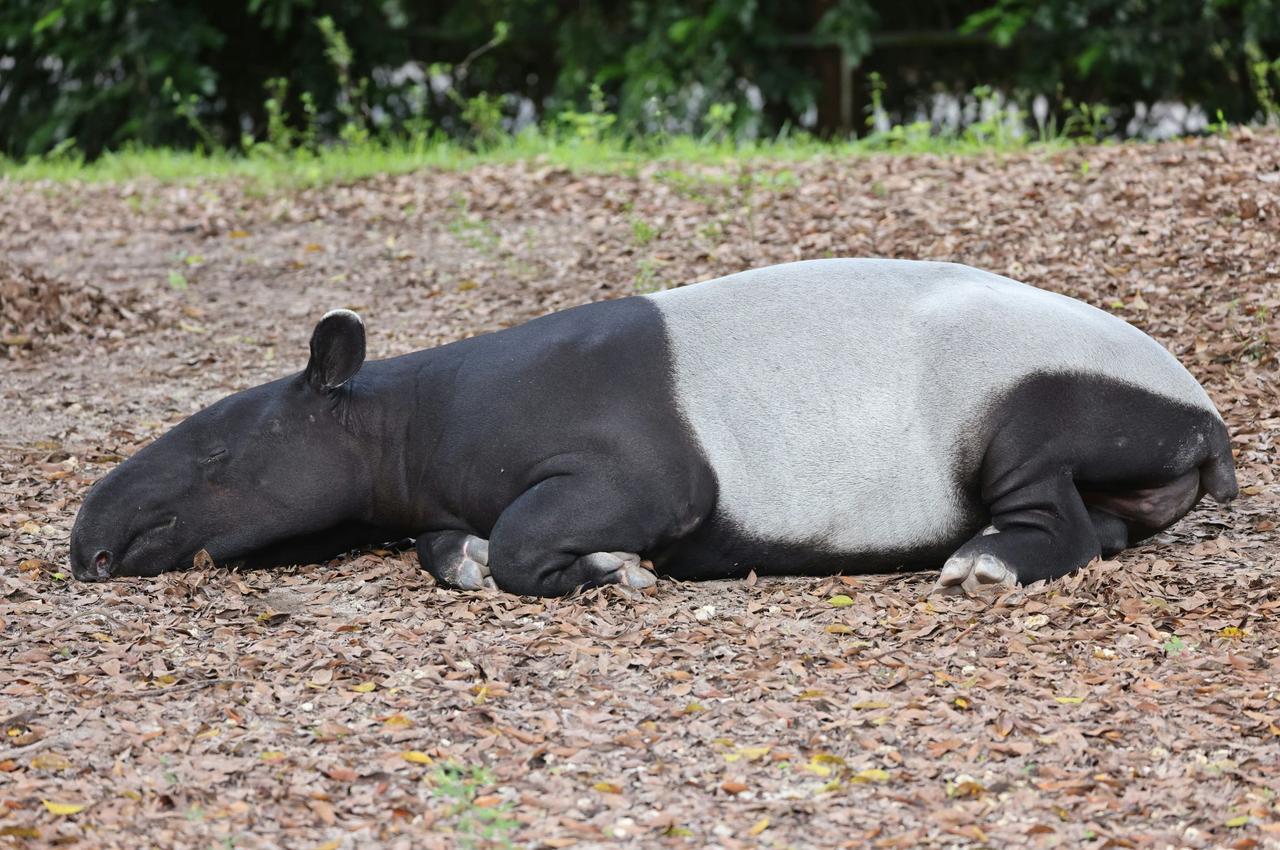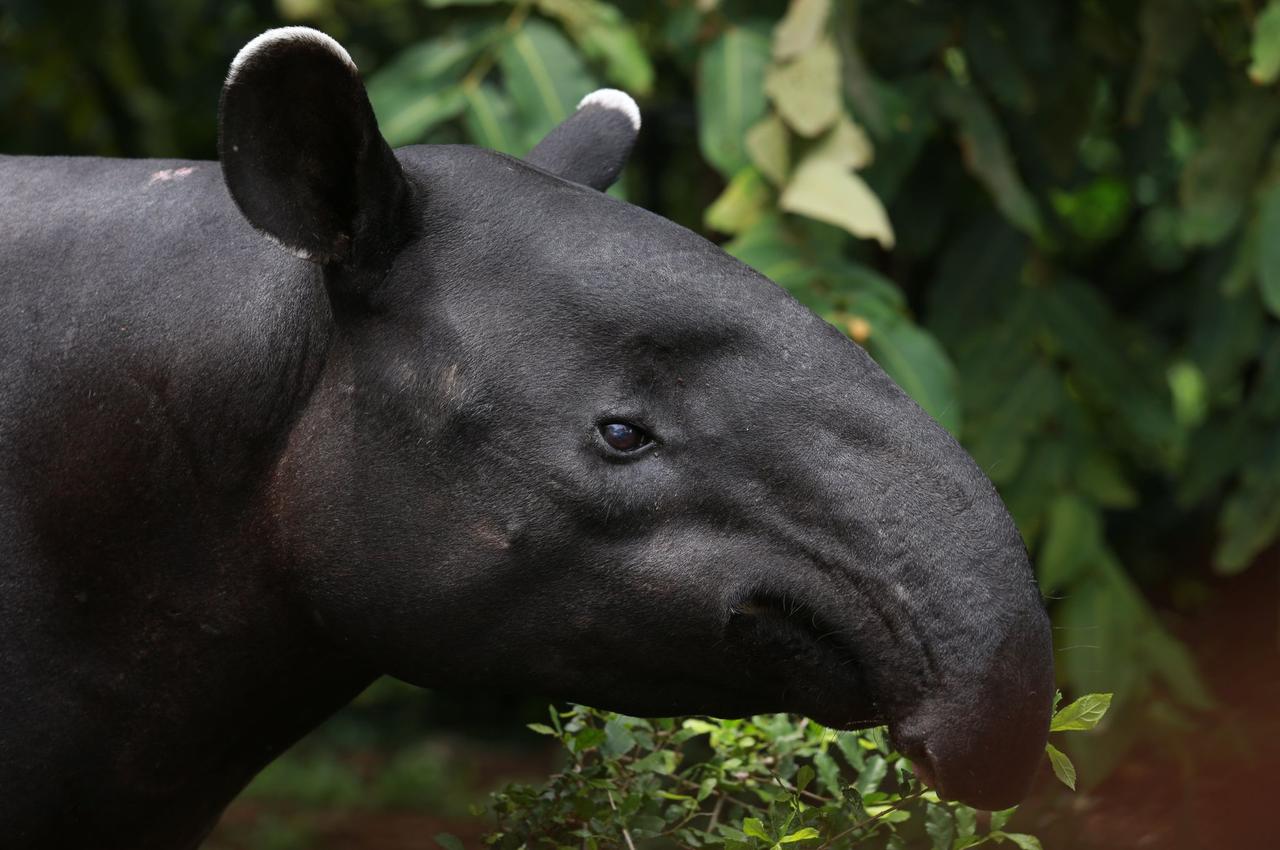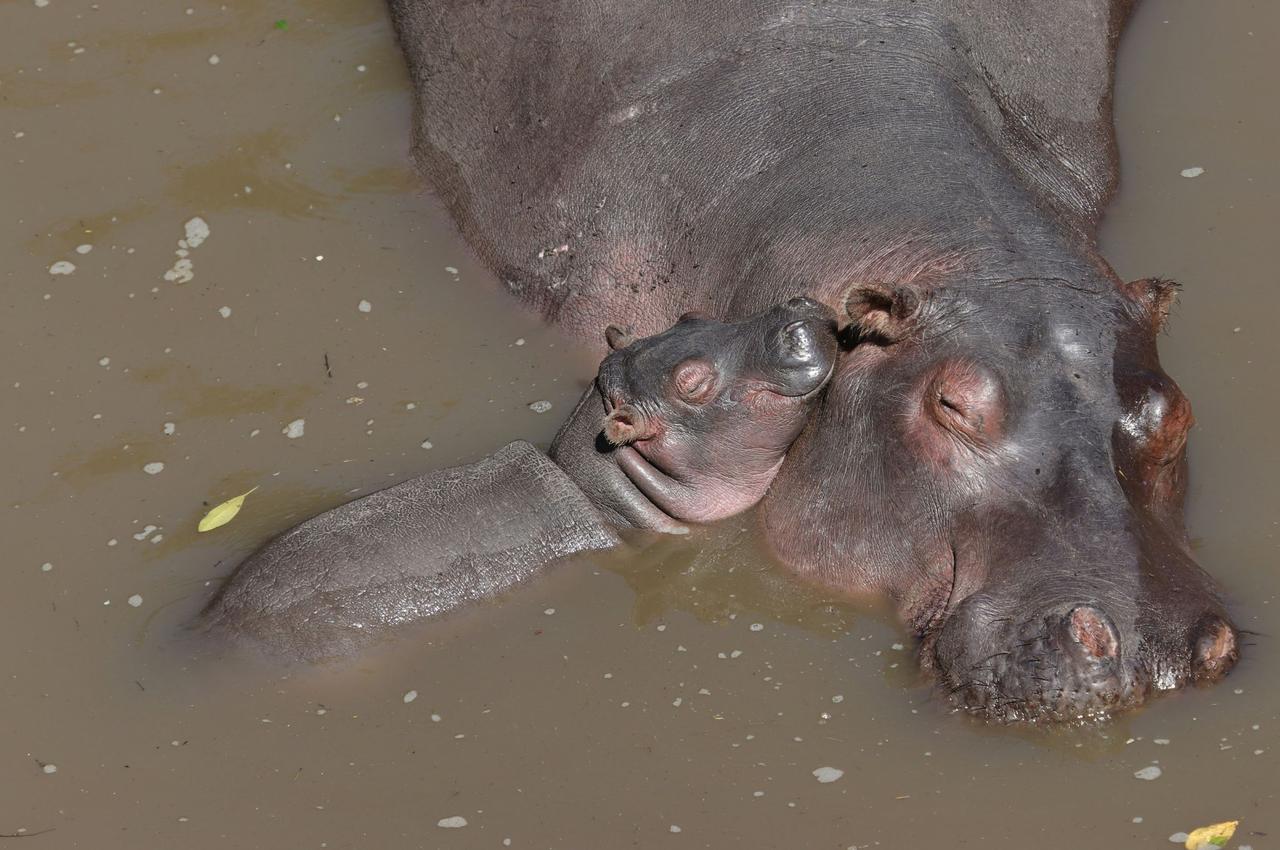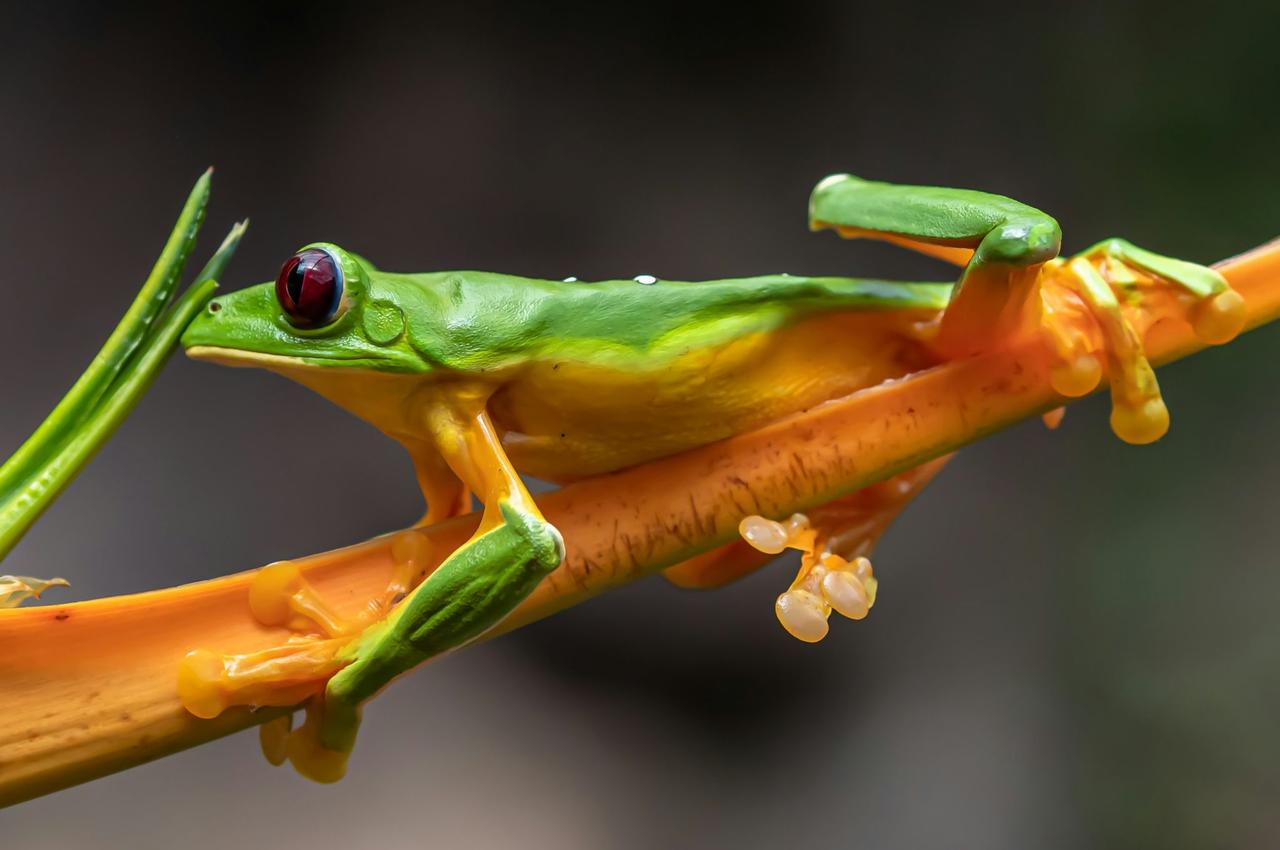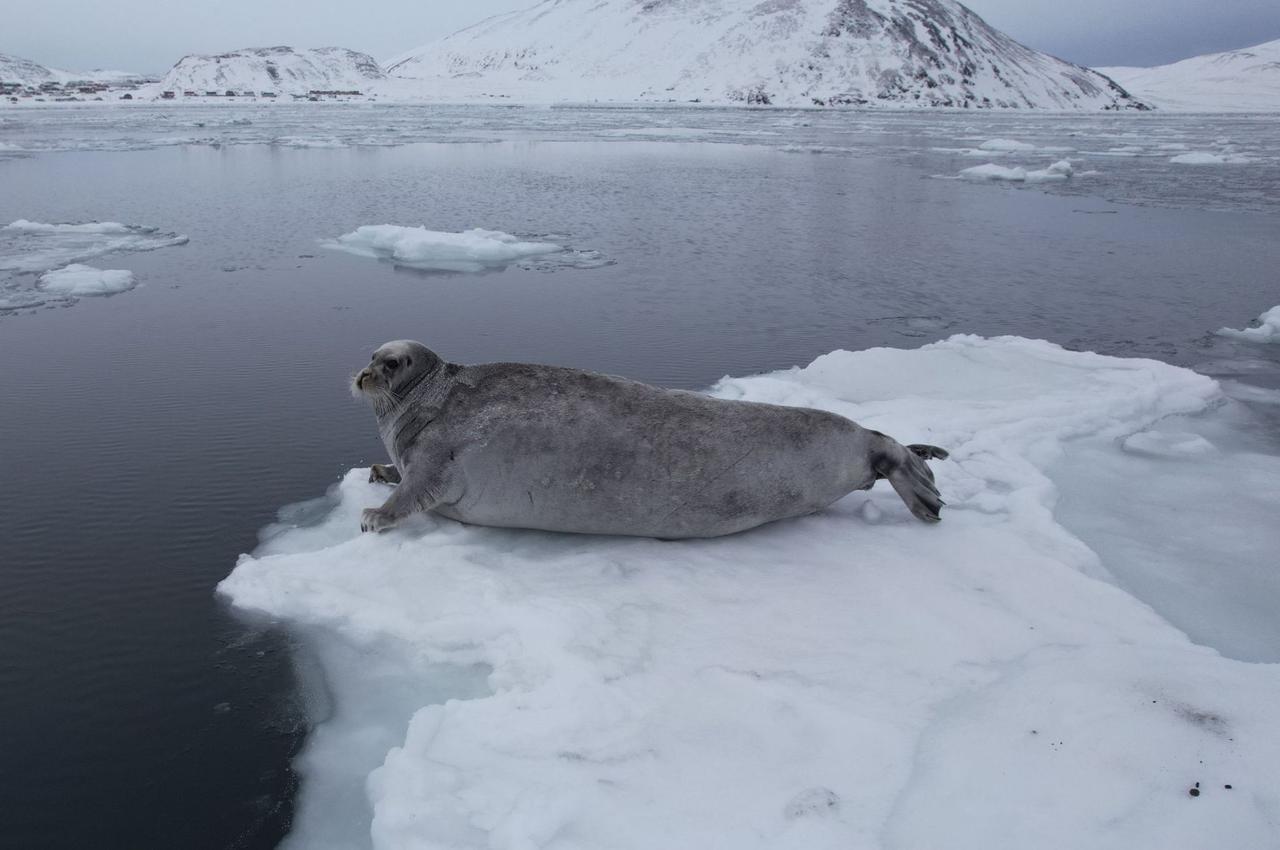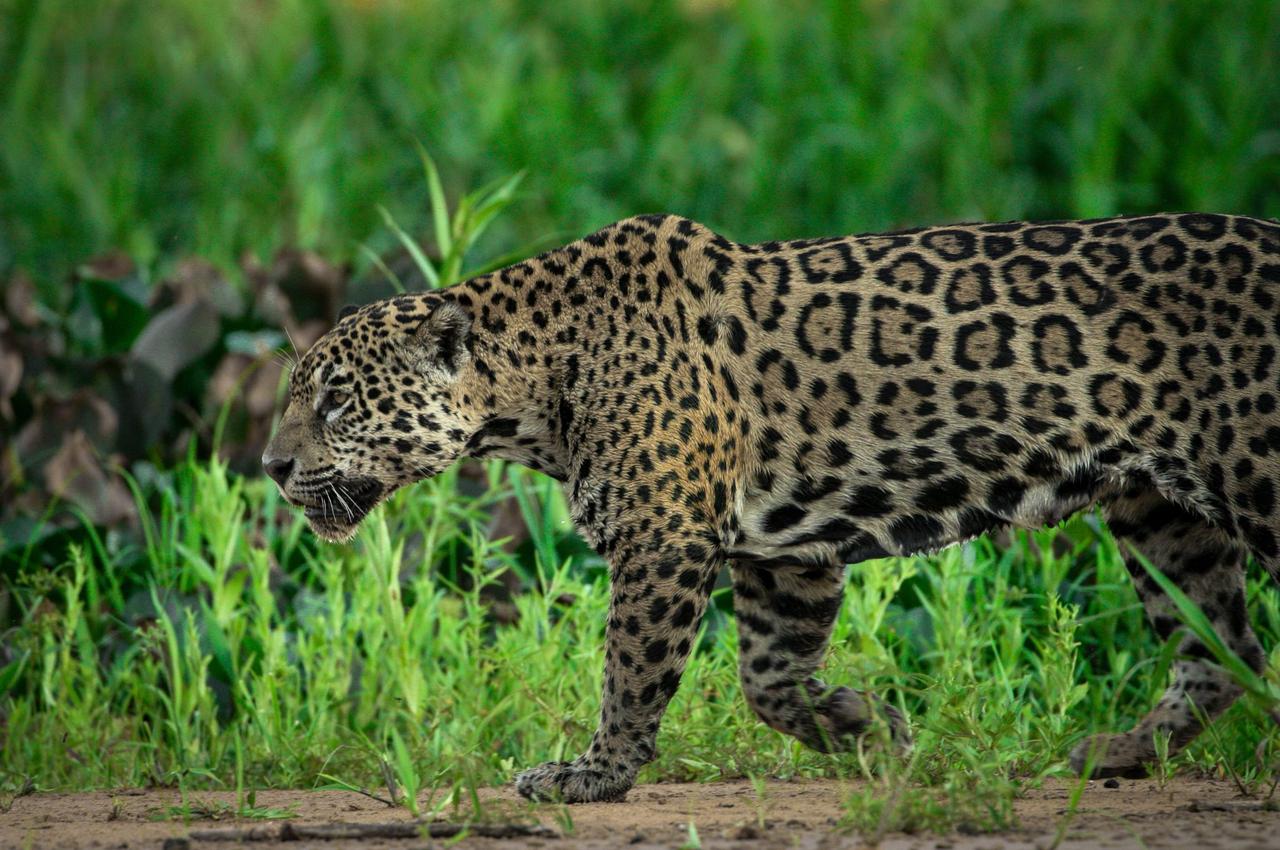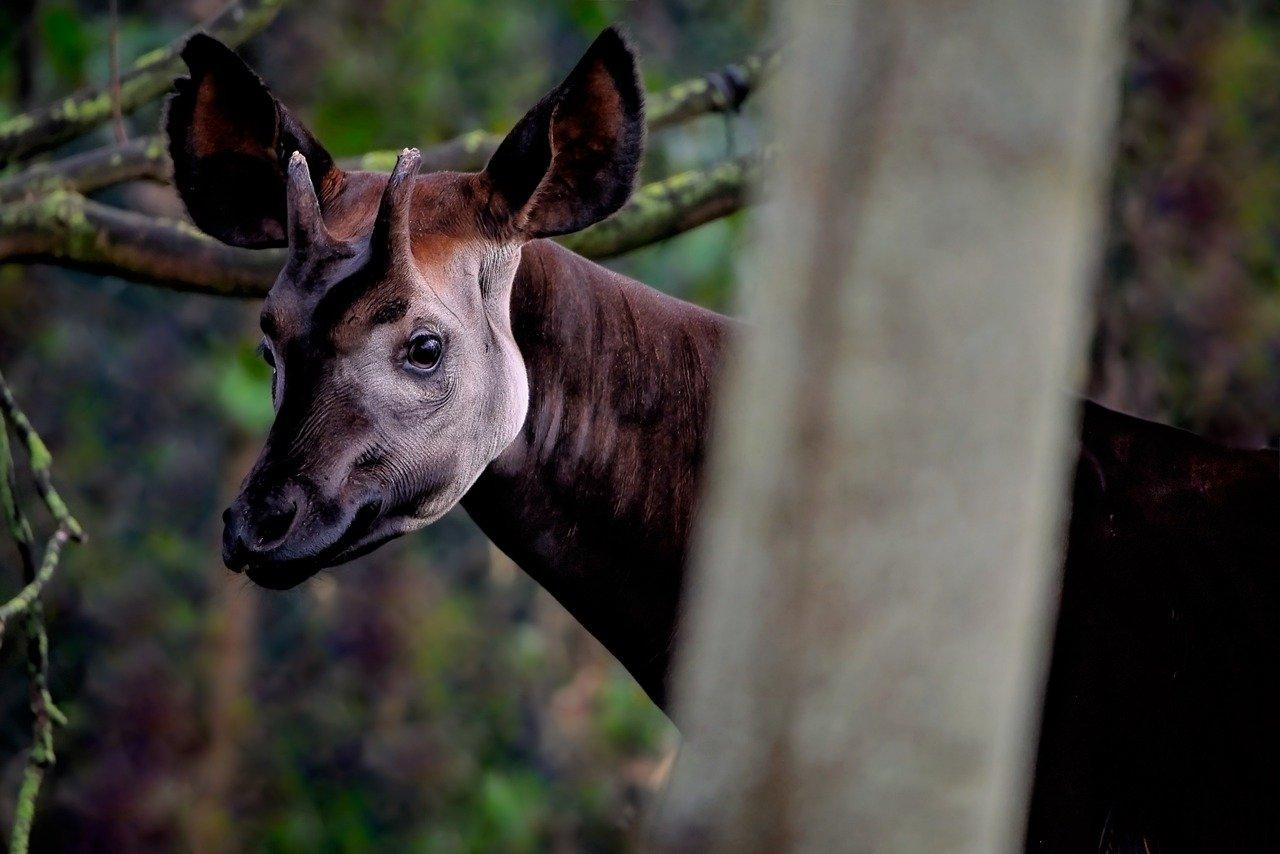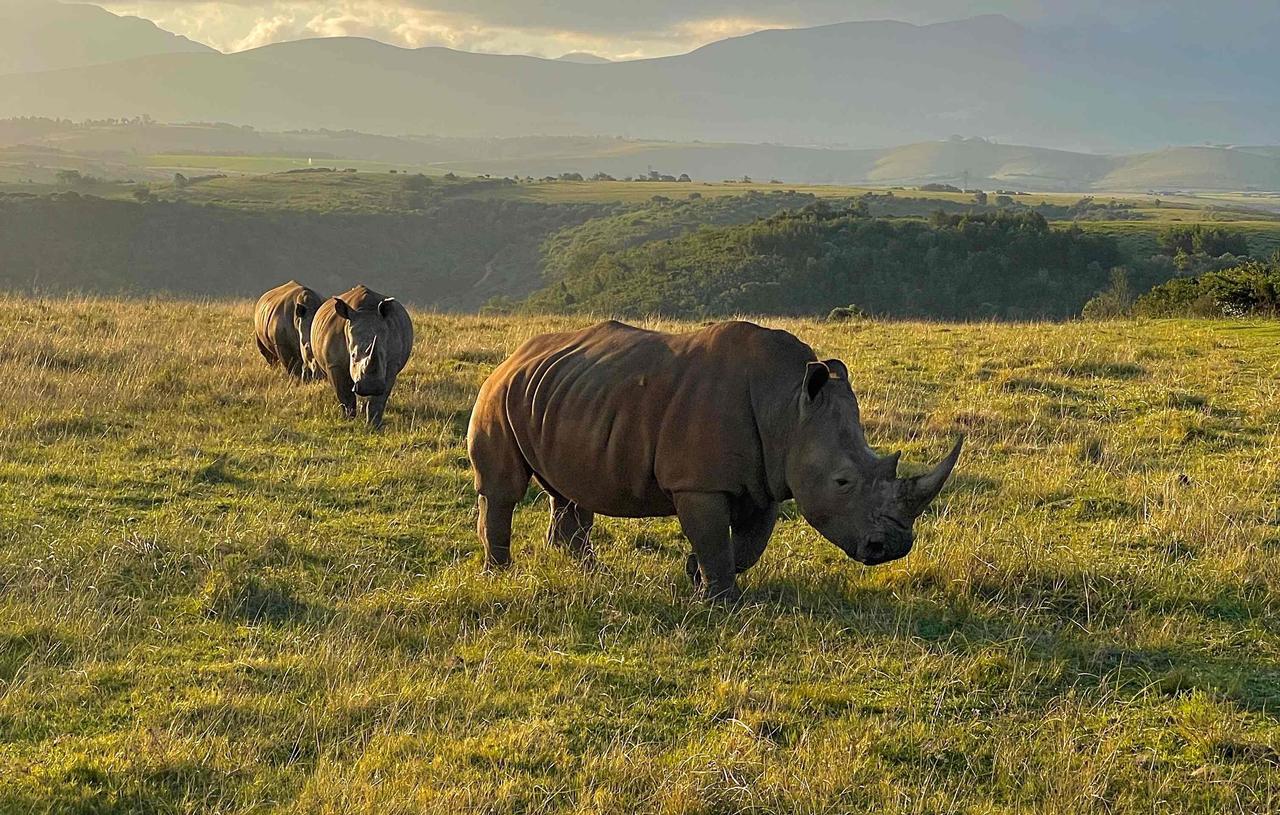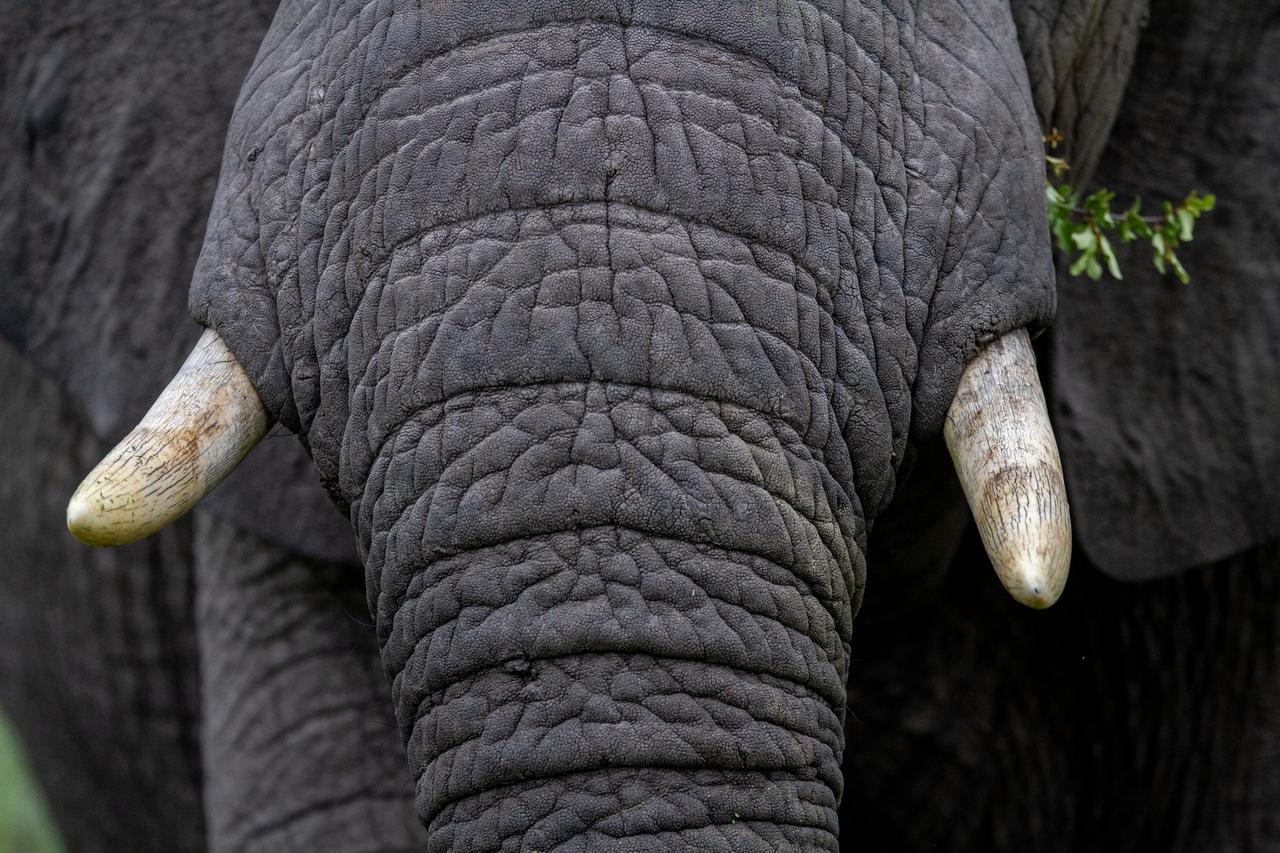
Sawfish may have the appearance of a threatening creature from a Jules Verne novel, but don’t let their razor sharp snouts fool you — they are actually the ones being threatened.
World Animal Day may have passed but that doesn’t mean the celebrations have to stop. In fact, because there are so many amazing animals out there — and so many ENDANGERED — we’re celebrating World Animal Day all month at VAKOVAKO. And today is all about one of the stranger-looking species we share our planet with — the sawfish.
A shark? A fish? A ray? What exactly is a sawfish?
- If we needed to get technical about it, sawfish belong to the ray group. But they aren’t just rays — they’re elasmobranchs; a fancy way to say they're also related to sharks and skates because they have cartilage instead of bone.
- Dating back nearly 100 million years, sawfish are literally swimming fossils. They still retain a similar appearance to their Cretaceous period ancestors, the onchopristis.
- Many sawfish, like the Largetooth sawfish and the Neonate sawfish, have the ability to also live in freshwater or brackish water.
- Their saw-like snout, called the rostum, can reach up to 2.5 meters (8.2 feet) long. Though it’s razor edging may look like teeth, their real teeth are actually located in their mouths. Rather, the “teeth” on their rostrum are modified scales.
- The sawfish has appeared in legends worldwide. Australian aboriginals believed that the saw carved out the land. The Kuna people believed that the sawfish protected humans from sea monsters. Images of the sawfish have also been considered a symbol for good fortune in America, New Guinea, and Germany.
Our ocean life — in danger
There's an estimated 5,000 sawfish left in the world. They are the most ENDANGERED of all the shark and ray species, and because of their slow growth cycle — recovering from population declines is difficult. Despite having legal protection in 19 countries, including a trade ban under the Convention on International Trade of Endangered Species (CITES) law, sawfish are locally extinct in 20 countries. At least one sawfish species has been lost in another 43. Some species have faced cataclysmic declines, like the small tooth sawfish — 95% have disappeared from our oceans.
But why are these seemingly large creatures disappearing — and disappearing so quickly? Despite protection, their parts are still traded as valuables. The saw rostrum is still regarded as a prized possession for its rarity — and sawfish eggs, bile, and other parts are used for traditional medicine, though research has not confirmed their medicinal value. More so, they are frequently victims of bycatch.
A ray of hope
Global conservation efforts have been initiated to protect the sawfish — but supporting organizations that also promote habitat conservation is equally integral to the survival of the species and others — including coastal communities.
You don’t have to have a gill-ion dollars to make a difference — even the smallest contribution can make a big difference to the posterity of ENDANGERED species, like sawfish.
___
ENDANGERED or not — every animal matters.
Donate on WORLD SAWFISH DAY with #VAKOVAKO.
___
Don’t miss it: World Okapi Day is coming up — celebrate with us on October 20!









